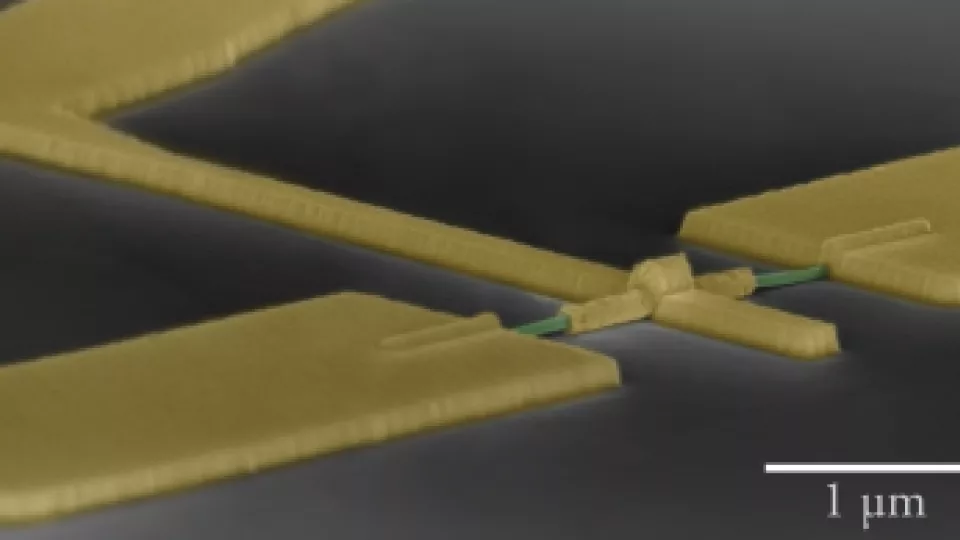“With this new facility, we want to create the conditions to enable new companies to develop from the R&D phase to full production, without needing to leave Sweden,” says Lars Samuelson, Professor of Nanophysics at Lund University.
The project originates from the successful research into nanowires at Lund University, which has resulted in nanotechnology companies like Glo AB and Sol Voltaics AB. Glo was forced to move to Silicon Valley, however, to launch large-scale mass production.
The infrastructure would be intended for companies and researchers in the whole of Sweden who want to develop products with industry standards without needing to invest in expensive equipment themselves.
Samuelson sees more business opportunities for nanowires. In addition to Glo’s light-emitting diodes and Sol Voltaics’ solar cells, Lars Samuelson believes there is potential for new companies focused on applications within electronics, UV light-emitting diodes and biomedicine.
Alongside this project, Lund University is working to extend the Lund Nano Lab which is a pure research laboratory for research on nanowires. This is run by Lund University, whereas the industrial facility is a project outside the University. Together, these two initiatives constitute a way of generating the whole value chain from research to market.
The preliminary study into the facility, funded by Vinnova and Region Skåne and initiated by the Nanometer Structure Consortium at Lund University, is to result in an estimate of investment requirements and market potential, as well as a proposal for a business model. The aim is to become internationally competitive and financially self-sufficient.
A cluster of companies and services, close to the University’s research, is expected to develop around the common equipment for nanoproduction.
About the Nanometer Structure Consortium at Lund University nmC@LU:
The Nanometer Structure Consortium at Lund University was founded in 1989. Today, it is one of Sweden’s Strategic Research Areas, engaging more than 250 researchers at the Faculties of Engineering, Science and Medicine. The research focuses on the materials science of nanostructures and its applications within fundamental science, electronics, optoelectronics, energy conversion and life sciences. Former start-ups from the Nanometer Structure Consortium currently employ around 150 people and have attracted private investments of over one billion Swedish crowns.
Contact:
Initiator: Lars Samuelson, Professor, Nanometer Structure Consortium, Lund University, tel. +46 46 222 76 79, lars [dot] samuelson [at] ftf [dot] lth [dot] se (lars[dot]samuelson[at]ftf[dot]lth[dot]se)
Chair of the project’s steering group: Heiner Linke, Professor, Coordinator of the Nanometer Structure Consortium, Lund University, tel. +46 46 222 42 45, heiner [dot] linke [at] ftf [dot] lth [dot] se (heiner[dot]linke[at]ftf[dot]lth[dot]se)
Project manager: Yvonne Mårtensson, Nanova, tel. +46 708 337782, yvonne [dot] martensson [at] nanova [dot] se (yvonne[dot]martensson[at]nanova[dot]se)
Daniel Kronmann, Innovation Systems Unit, Region Skåne, 040-675 34 36, 0706-15 28 10, Daniel [dot] Kronmann [at] skane [dot] se (Daniel[dot]Kronmann[at]skane[dot]se)
